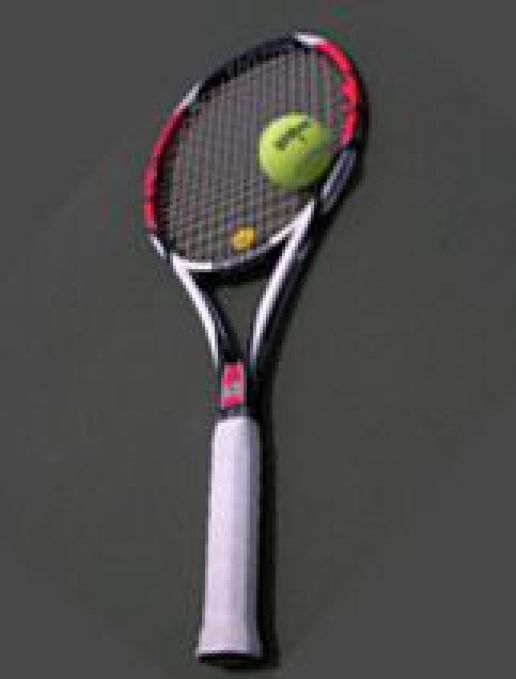
From Spencer Gore to Roger Federer: Racketissimo!
Federer, Williams and even Fred Perry… The history of tennis is redolent with the names of heroes past and present. But they would not have achieved fame without the tool of the game – the humble tennis racket.
Tennis anyone ?
The first rackets of the 20th century were crafted from a mahogany head and shaft.
Later, the rules allowed the use of oak, walnut and ash to produce better rackets.
The handle was mainly manufactured in maple, cedar, birch or linden, covered with leather.
The first significant advance in the art of building the racket has been the introduction of a nail in the throat to strengthen the racket
This technique, a few years later, inspired the creators of “open heart” type rackets - Top Elite, Hazzell Streamline and the like.
In the United States, it opened a glorious era for Spalding, Wright & Ditson and Bancroft.

The roaring twenties (and more) on the court
 In 1938, Dunlop launched Maxply, a plywood racket comprising several types of wood.
In 1938, Dunlop launched Maxply, a plywood racket comprising several types of wood.
Maxply was a forerunner: the 40s saw the manufacturing of multilayered rackets become an industrialized process.
They met with tremendous success: Jack Kramer won Wimbledon 1947 with a Wilson of this type and Pancho Gonzalez triumphed at the US Open for two successive years in 1948 and 49, with a Spalding.
It works, so why change it ?
 Manolo Santana, winner of Roland Garros in 1961 and 1964, of the 1965 US Open and of Wimbledon in 1966, played with a wooden Slazenger Challenge Nr1.
Manolo Santana, winner of Roland Garros in 1961 and 1964, of the 1965 US Open and of Wimbledon in 1966, played with a wooden Slazenger Challenge Nr1.
He was one of the last champions to do so: wooden rackets were heavy, they vibrated more and the player had less control.
With the arrival of new materials, the game changed and new techniques of play as well.
Aluminium decreased the vibrations felt by the player, but did not solve the ever lasting problem of weight.
Generation Lightweight
The right diet for rackets is plastics: at the end of the 80s and the beginning of the 90s, plastic composites (plastics reinforced with carbon fibres) appeared on the tennis courts. Rackets lost weight, resistance increased; strings made of nylon could be tensed up to 25/30 kilos, which increased both power and precision.
Power in tennis is a key element: hitting a tennis ball at 200km/hr to cross a tennis court just 24 meters long takes just 0.6 of a second – frankly, you might as well try to avoid a bullet from a gun!
Plastic composites (carbon or glass fibres moulded in a plastics matrix) are five times as resistant as aluminium and thirty times more than their wooden ancestor.
Thanks to these new composites, today’s tennis players benefit from rackets with a perfect rigidity on larger and larger frames. And instead of weighing down the racket, composites have given the player much more potential. Nadal’s Babolat (without strings) weighs just 300 grams.
That includes a frame in a composite of plastics reinforced with nanocarbon fibres, aerodynamic branches - plane-wing shaped, between the shaft and frame and a V-shaped piece of Pebax®, a high-performance plastic which absorbs shocks. The use of this plastic gives the player control and comfort that older players would have found astonishing.
Pebax® is a trademark that describes a thermoplastic elastomere of the polyether block amide family, which can be easily moulded or extruded, bringing unprecedented freedom to sports designers to incorporate new benefits for players.
Thanks to the range of benefits brought about by the use of these plastics, the surface and rigidity of the string area have been increased.
When Nadal or Federer are in full flow while at play, it’s little wonder Wimbledon viewers suffer neck aches trying to keep up: tennis becomes a demanding sport!





